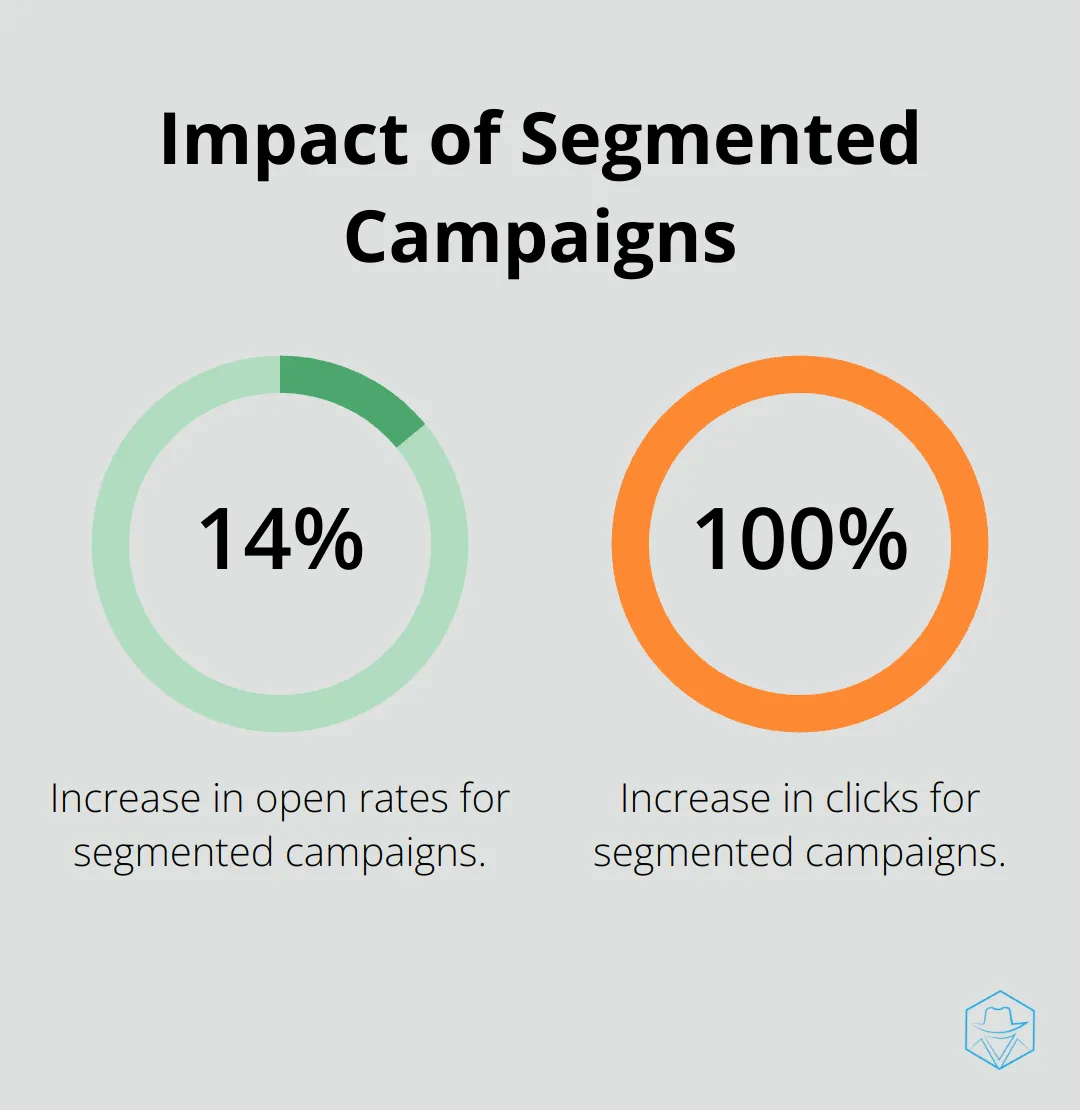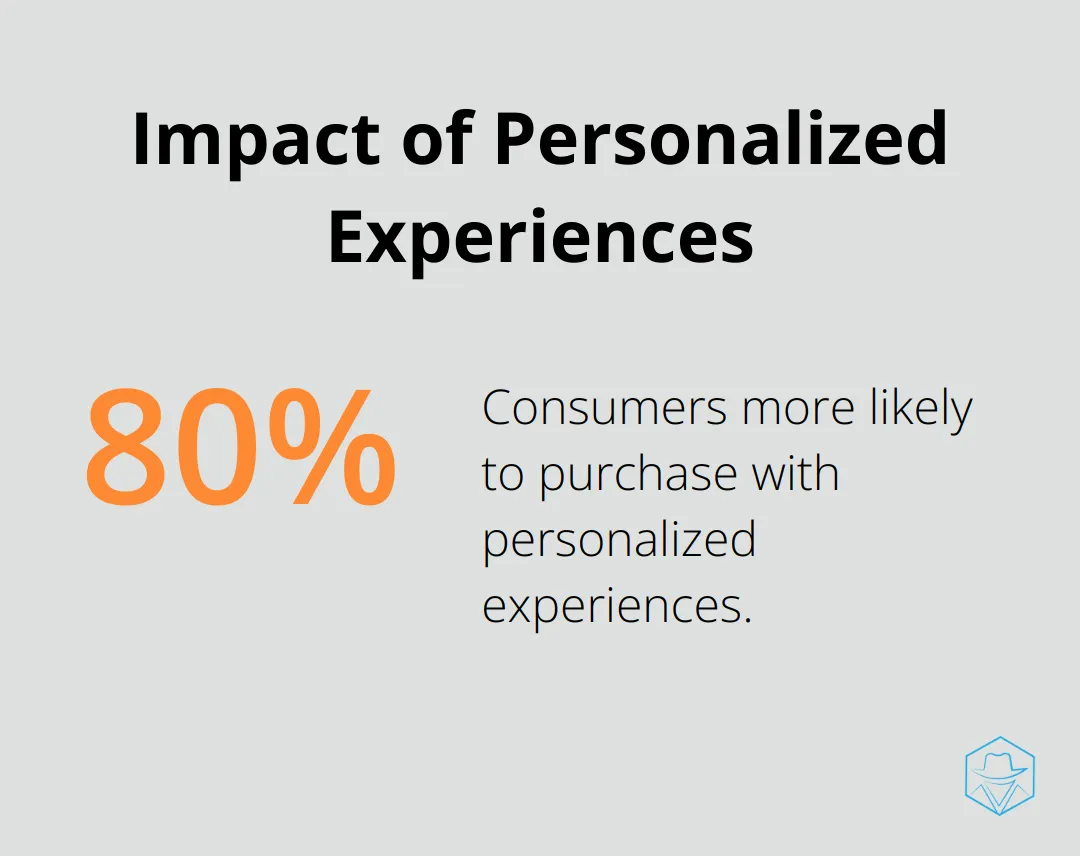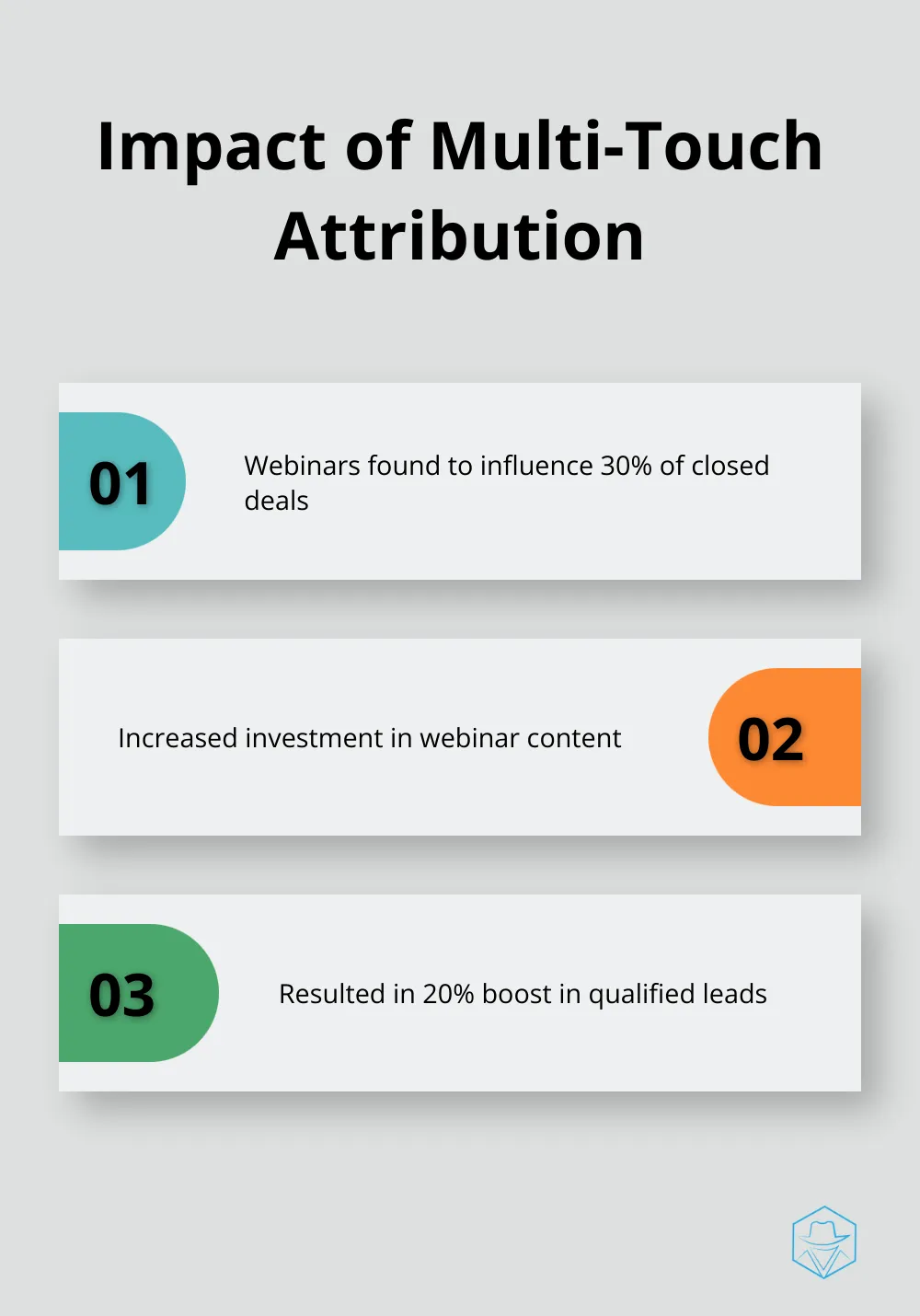Salesforce for Marketing Automation: Tips and Tricks

At Drop Cowboy, we’ve seen firsthand how Salesforce for marketing automation can revolutionize your campaigns. This powerful platform offers a wealth of features to streamline your marketing efforts and boost your results.
In this post, we’ll share our top tips and tricks for leveraging Salesforce’s marketing automation capabilities. From audience segmentation to advanced analytics, you’ll learn how to supercharge your marketing strategy and drive better outcomes for your business.
How to Optimize Marketing Campaigns with Salesforce
Salesforce transforms marketing automation. At Drop Cowboy, we’ve witnessed its power firsthand. Let’s explore how you can enhance your campaigns using this robust platform.
Audience Segmentation: Targeted Messaging That Works
Salesforce excels at audience segmentation. Its data management capabilities allow you to categorize your customer base effectively. You can create segments based on demographics, behavior, purchase history, or engagement levels. For example, you might target high-value customers who haven’t purchased in the last 90 days with a special offer.
A Mailchimp study revealed that segmented campaigns can increase open rates by 14.31% and clicks by 100.95% compared to non-segmented campaigns. Salesforce makes it easy to implement this strategy and potentially see similar results.

Personalization: More Than Just Names
Salesforce enables truly dynamic content creation. Don’t limit personalization to names – use Salesforce’s extensive data to tailor entire messages. A clothing retailer, for instance, could display winter coats to customers in colder regions and swimwear to those in warmer areas.
Epsilon reports that 80% of consumers are more likely to purchase when brands offer personalized experiences. Salesforce makes this level of personalization achievable at scale (even for smaller businesses).

Automated Nurture Campaigns: Guiding Prospects Effectively
You can set up automated nurture campaigns to guide prospects through your sales funnel. Salesforce’s Journey Builder allows you to create a series of touchpoints based on prospect behavior. If a lead downloads a whitepaper, you can automatically enroll them in a follow-up email series with related content.
HubSpot data shows that lead nurturing emails receive 4-10 times the response rate compared to standalone email blasts. Salesforce’s automation capabilities make it simple to implement these high-performing nurture campaigns.
Integration for Enhanced Engagement
While Salesforce is powerful, it’s just a tool. The real magic happens when you combine it with a solid strategy and high-quality content. Try integrating Salesforce with other communication channels for even better results. For example, Drop Cowboy’s ringless voicemail and SMS features can significantly boost your engagement rates and provide an additional channel for your nurture campaigns.
As we move forward, let’s explore how Salesforce’s analytics capabilities can provide deeper insights into your marketing efforts and help you make data-driven decisions.
Unlocking Marketing Insights with Salesforce Analytics
Salesforce’s analytics capabilities transform marketing strategies. Let’s explore how you can use these powerful tools to gain deeper insights and drive better results.
Predictive Lead Scoring with Einstein Analytics
Einstein Analytics eliminates guesswork from lead prioritization. This AI-powered tool analyzes historical data to predict which leads will likely convert. A B2B software company using Einstein Analytics saw a 35% increase in conversion rates by focusing on high-scoring leads.
To start, identify the key factors that typically lead to successful conversions in your business. These might include engagement with specific content, company size, or industry. Input this data into Einstein Analytics, and it will create a predictive model tailored to your business.
Custom Dashboards for Real-Time Campaign Tracking
Salesforce’s custom dashboards offer a bird’s-eye view of your marketing performance. You can track key metrics (open rates, click-through rates, and conversion rates) in real-time. This immediate feedback allows for quick adjustments to improve campaign performance.
A retail client created a dashboard tracking email engagement across different product categories. They discovered that emails featuring new arrivals had a 25% higher open rate than promotional emails. This insight led to a shift in their email strategy, resulting in a 15% increase in overall engagement.
Multi-Touch Attribution for Accurate ROI Measurement
Salesforce’s multi-touch attribution models give credit to all touchpoints in the customer journey. This provides a more accurate picture of which marketing efforts drive results.
A SaaS company implemented multi-touch attribution and found that their webinars (previously considered low-impact) were actually influencing 30% of their closed deals. This discovery led to increased investment in webinar content, resulting in a 20% boost in qualified leads.

To implement multi-touch attribution effectively, map out your typical customer journey. Identify all potential touchpoints, from initial awareness to final purchase. Then, use Salesforce’s attribution models to assign appropriate weight to each touchpoint based on its impact on the final conversion.
The key to leveraging Salesforce analytics is continuous optimization. Review your insights regularly, test new strategies, and refine your approach. These powerful tools equip you to make data-driven decisions that will elevate your marketing efforts.
Now that we’ve explored how Salesforce analytics can provide deep insights into your marketing efforts, let’s turn our attention to integrating Salesforce with other marketing tools to create a comprehensive marketing ecosystem.
Supercharging Salesforce with Integrated Marketing Tools
Salesforce’s power multiplies when integrated with other marketing tools. This integration creates a robust marketing ecosystem with Salesforce at its core.
Seamless Email Marketing Integration
Connecting Salesforce to your email marketing platform creates a powerhouse of data and functionality. Integration of Salesforce with platforms like Mailchimp allows you to sync contact lists, track email engagement directly in Salesforce, and use Salesforce data to create highly targeted email campaigns.
A B2B software company experienced a 40% increase in email open rates after integrating Salesforce with their email platform. They used Salesforce data to segment their audience based on industry and past purchases, creating hyper-relevant email content.
To maximize this integration, map out your data fields to ensure seamless syncing. Use Salesforce’s automation features to trigger emails based on specific actions or changes in your CRM.
Harnessing Social Media Insights
Syncing social media data with Salesforce provides a 360-degree view of your customers. Tools like Hootsuite and Sprout Social offer Salesforce integrations that pull social media interactions into your CRM.
A retail brand using this integration discovered that customers who engaged with their Instagram posts were 3x more likely to make a purchase within 30 days. They used this insight to create targeted social media campaigns for high-potential customers identified in Salesforce.
To implement this effectively, identify which social platforms are most relevant to your audience. Set up listening queries to track mentions, hashtags, and interactions related to your brand.
Expanding Functionality with AppExchange
Salesforce’s AppExchange offers additional functionality with over 3,000 apps available. You can find tools to enhance every aspect of your marketing automation efforts.
A marketing agency used Conga Composer from AppExchange to automate the creation of personalized proposals. This reduced their proposal creation time by 75% and increased their win rate by 15%.
When exploring AppExchange, focus on apps that address your specific pain points. Read reviews, try free trials, and consult with your team to ensure the app will integrate smoothly with your existing processes.
Maintaining Data Hygiene
While these integrations can significantly enhance your marketing capabilities, it’s important to maintain data hygiene and ensure proper syncing between platforms. Regularly audit your integrations and clean your data to prevent inconsistencies that could hamper your marketing efforts.
Try to implement a data cleaning schedule (weekly or monthly) to keep your Salesforce data accurate and up-to-date. This will ensure that your integrated tools are working with the most current and reliable information.
Final Thoughts
Salesforce for marketing automation has transformed how businesses approach their marketing strategies. We explored key features that make Salesforce a powerhouse for marketers, from audience segmentation to advanced analytics. These tools empower marketers to create targeted, data-driven campaigns that resonate with their audience and drive results.
The platform continues to evolve, introducing new features and capabilities. Marketers must stay up-to-date with these changes and refine their strategies based on performance data. AI and machine learning will likely play an even more significant role, offering more sophisticated predictive analytics and personalization capabilities.
As you implement these Salesforce strategies, consider complementing them with other powerful marketing tools. At Drop Cowboy, we offer innovative communication solutions that can enhance your Salesforce-driven campaigns. Our ringless voicemail and SMS features (which provide additional touchpoints in your customer journey) can boost engagement and conversion rates.
blog-dropcowboy-com
Related posts

March 10, 2025
Top Free Text Marketing Platforms for Small Businesses
Explore top free text marketing platforms for small businesses to boost engagement and reach your audience effectively.

March 27, 2025
How to Choose the Right iPaaS Solution for Your Business
Discover essential tips to choose the right iPaaS solution for your business and streamline integration for better efficiency and growth.

April 17, 2025
How to Choose the Best Apps for Your Shopify Store
Find Shopify best apps with our expert guide. Boost sales and improve user experience with top app recommendations tailored for your store.

March 31, 2025
Zoho CRM vs HubSpot: Comparing Features and Benefits
Compare Zoho CRM vs HubSpot to make the best choice for your business. Explore features, benefits, and insights in our detailed analysis today!

March 6, 2025
Text Message Marketing Statistics You Should Know
Explore text message marketing statistics to boost engagement and conversion rates effectively. Learn how SMS drives customer interaction.

April 9, 2025
Examples of Successful Marketing Automation Campaigns
Explore powerful examples of marketing automation campaigns that boosted engagement and sales, showcasing real-world successes.